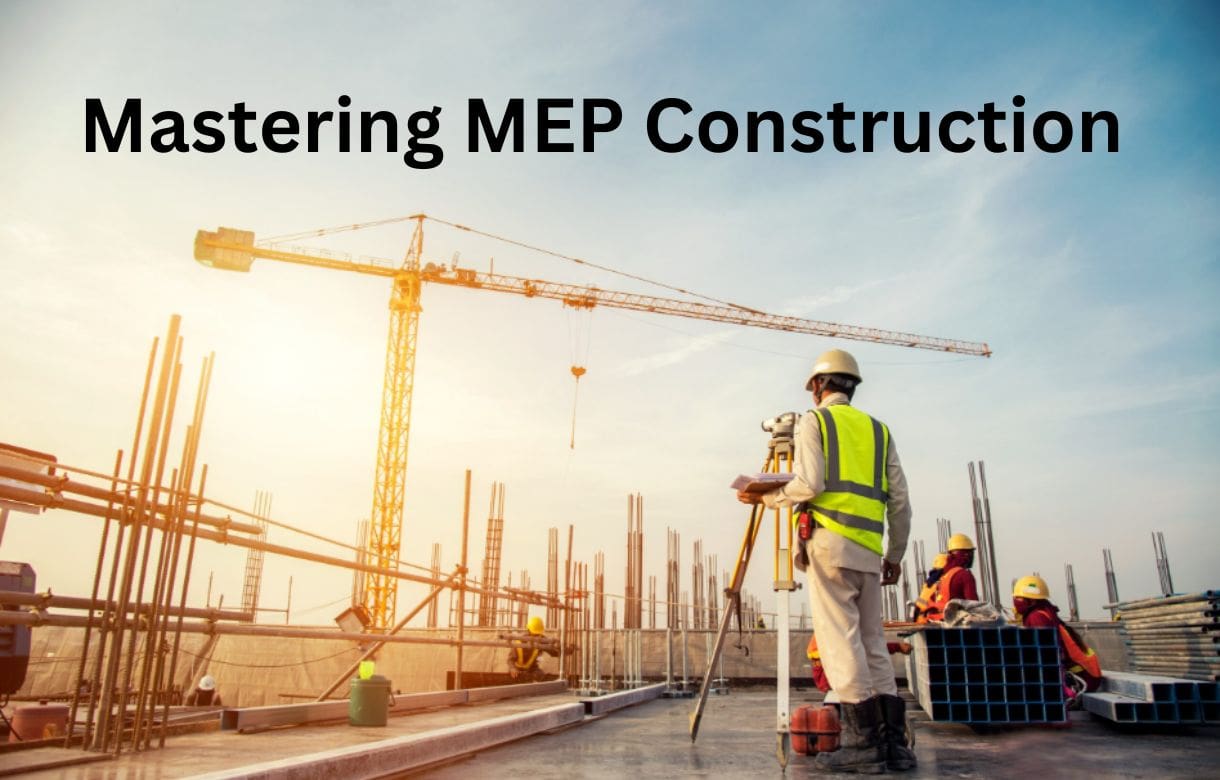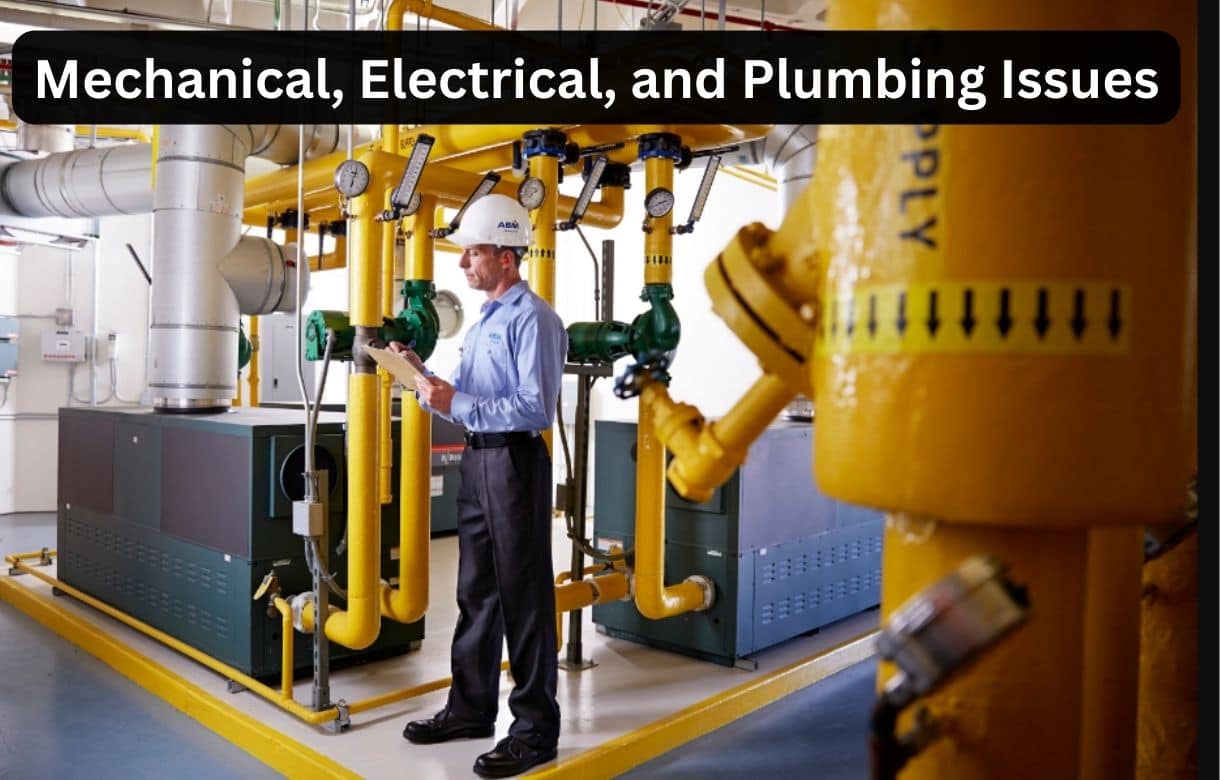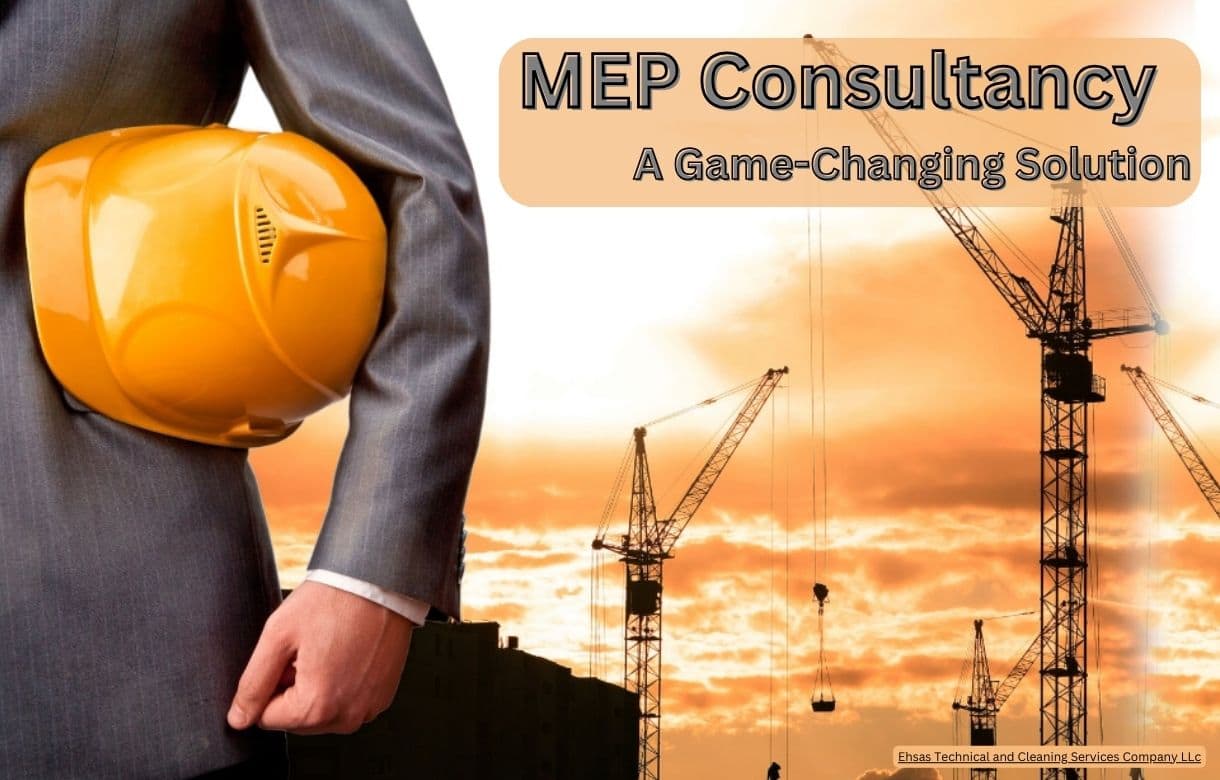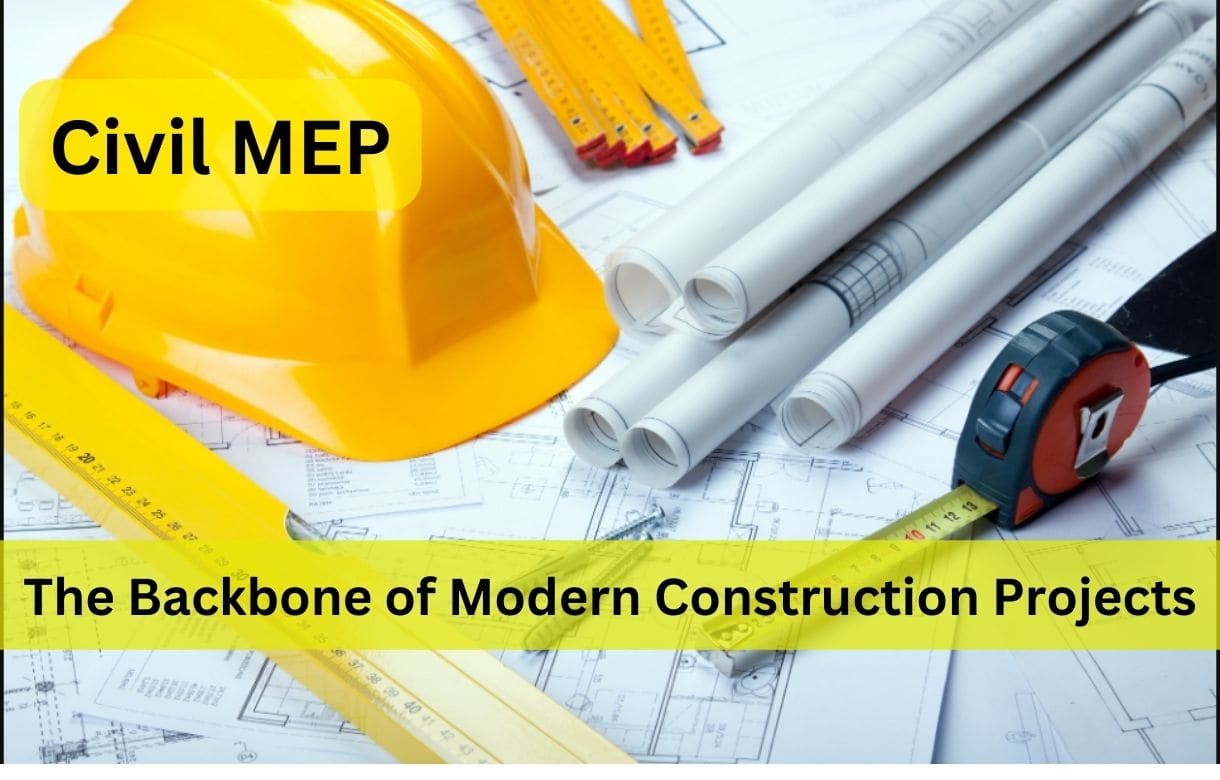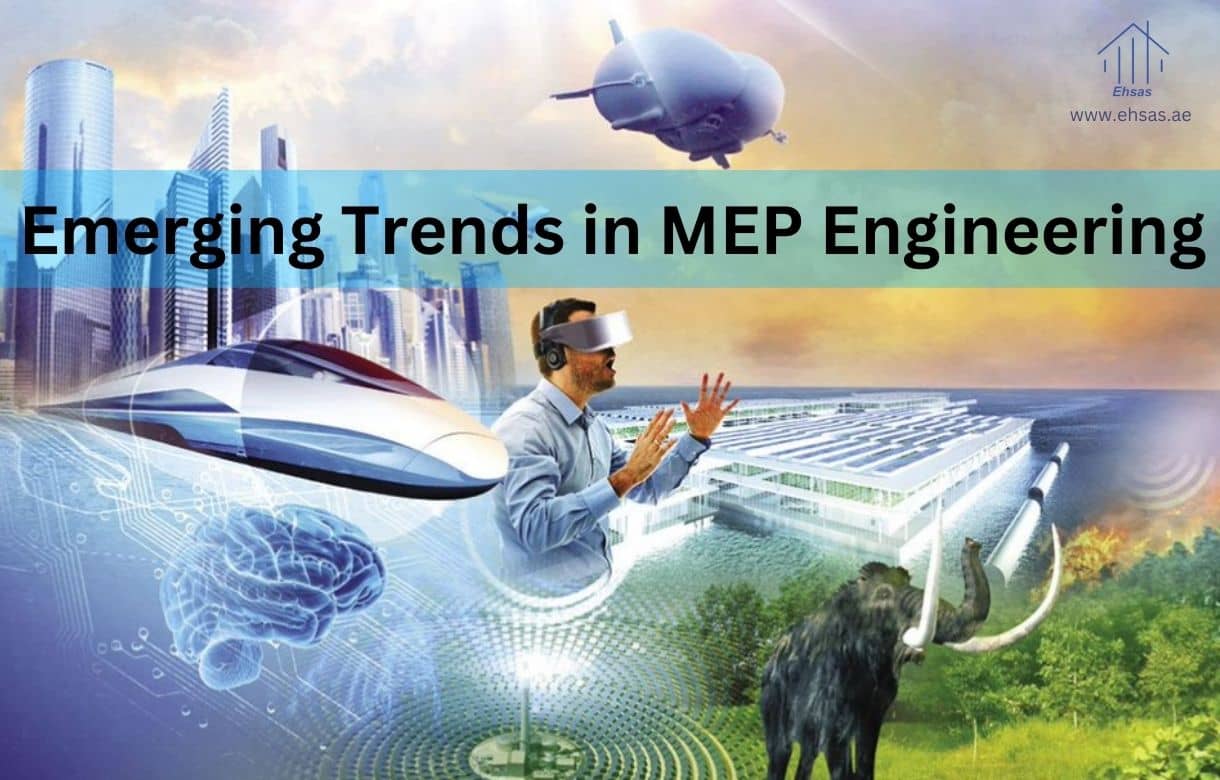Understanding MEP in construction
Mechanical, Electrical, and Plumbing (MEP) construction is a critical aspect of building projects, encompassing the essential systems that make buildings habitable and functional. Mastering MEP construction involves understanding the integration of these systems, ensuring compliance with codes and standards, and effectively managing the complexities of installation and maintenance. This comprehensive guide will delve into the intricacies of MEP construction, providing insights and best practices for professionals in the field.
Common MEP CONSTRUCTION Services
Mechanical systems in construction primarily involve heating, ventilation, and air conditioning (HVAC). These systems are crucial for maintaining indoor air quality and thermal comfort. Key components include:
HVAC Units:
These systems regulate temperature and humidity levels.
Ductwork:
Channels air throughout the building.
Chillers and Boilers:
Provide heating and cooling.
Pumps and Fans:
Circulate air and water in the system.
Electrical Systems:
Electrical systems are vital for powering a building and ensuring the safety of its occupants. They include:
Power Distribution:
Involves transformers, switchgear, and distribution panels.
Lighting Systems:
Both interior and exterior, including emergency lighting.
Fire Alarm Systems:
Essential for safety and code compliance.
Communication Systems:
Includes telecommunication, data networks, and security systems.
Plumbing Systems:
Plumbing systems manage the supply and drainage of water. They consist of:
Water Supply Systems:
This system includes fixtures, pipes, and valves.
Drainage Systems:
For wastewater and stormwater.
Gas Supply Systems:
For buildings that use natural gas.
Fire Suppression Systems:
Such as sprinklers and standpipes.
Planning and Design
Successful MEP construction begins with meticulous planning and design. This phase involves:
I: Building Information Modeling (BIM):
In this model physical functionality of a facility is presented with digital trends. This system is also used to design infrastructural models and prepare documents.
II: Clash Detection:
Identifying and resolving conflicts between different MEP systems and the building structure.
III: Load Calculations:
Determining the heating and cooling loads to design efficient HVAC systems.
IV: Electrical Load Analysis:
Ensuring the electrical system can handle the building’s power requirements.
Compliance and Standards:
I: Local Building Codes:
MEP systems must adhere to local regulations and standards.
II: Industry Standards:
Such as ASHRAE (American Society of Heating, Refrigerating and Air-Conditioning Engineers), NFPA (National Fire Protection Association), and NEC (National Electrical Code).
Installation Best Practices
I: Proper Sizing and Layout:
Ensuring ductwork and piping are correctly sized to handle the required load.
II: Quality Insulation:
To minimize energy loss and improve system efficiency.
III: Balancing and Commissioning:
Verifying and adjusting the system to ensure it operates as intended.
Electrical Installation:
I: Safety Protocols:
Strict adherence to safety standards to prevent electrical hazards.
II: Correct Wiring and Cabling:
Using appropriate materials and methods to ensure reliability and safety.
III: Testing and Certification:
Ensuring the system is tested and certified according to relevant standards.
Plumbing Installation:
I: Leak Prevention:
Proper sealing and testing to prevent leaks.
II: Backflow Prevention:
To protect potable water supplies from contamination.
III: Regular Maintenance:
Scheduled maintenance to ensure longevity and efficiency.
Maintenance and Management
Post-installation, the focus shifts to maintaining and managing MEP systems to ensure their optimal performance and longevity.
Preventive Maintenance:
I: Regular Inspections: Routine checks to identify and rectify issues before they escalate.
II: Scheduled Servicing: Regular servicing of HVAC units, electrical panels, and plumbing systems.
Energy Management:
I: Monitoring Systems: Using advanced monitoring systems to track energy usage and identify opportunities for savings.
II: Upgrades and Retrofits: Implementing energy-efficient technologies and systems.
Documentation and Training:
Comprehensive Documentation:
Maintaining detailed records of all MEP systems, including specifications, warranties, and maintenance schedules.
Training Staff:
Ensuring that maintenance personnel are adequately trained to manage and operate MEP systems.
Challenges and Solutions
MEP construction presents several challenges, from technical complexities to coordination issues. Addressing these challenges requires:
Effective Communication:
I: Interdisciplinary Coordination: Ensuring clear communication among architects, engineers, and contractors.
II: Stakeholder Involvement: Keeping all stakeholders informed and involved throughout the project.
Risk Management:
I: Identifying Risks: Early identification of potential risks and developing mitigation strategies.
II: Contingency Planning: Preparing for unforeseen issues with contingency plans.
Adopting Technology:
I: Advanced Tools: Leveraging tools like BIM, project management software, and IoT devices for better control and efficiency.
II: Sustainability Initiatives: Incorporating sustainable practices and technologies to reduce environmental impact and operational costs.
The Benefits of MEP Engineering
MEP engineering—focusing on mechanical, electrical, and plumbing systems—offers numerous benefits that enhance building performance and occupant comfort. By integrating advanced HVAC systems, MEP engineering ensures optimal indoor air quality and energy efficiency.
Electrical engineering within MEP provides reliable power distribution, efficient lighting, and robust communication networks, crucial for both residential and commercial properties. Plumbing engineering ensures efficient water supply, waste management, and sustainability through water conservation techniques. Overall, MEP engineering plays a vital role in creating safe, comfortable, and environmentally friendly buildings, ultimately improving the quality of life for occupants and reducing operational costs.
Innovation in the MEP industry
Innovation in the MEP industry is driving significant advancements in building efficiency, sustainability, and occupant comfort. Cutting-edge technologies, such as smart HVAC systems, utilize IoT and AI to optimize climate control and energy usage.
Renewable energy integration, including solar and wind power, is becoming more prevalent in electrical systems, reducing reliance on traditional power sources and lowering carbon footprints. Advanced plumbing solutions, like greywater recycling and low-flow fixtures, promote water conservation.
Building Information Modeling (BIM) enhances collaboration and precision in MEP design and installation, reducing errors and improving project outcomes. These innovations collectively push the industry towards more sustainable, efficient, and intelligent building solutions.
Conclusion
Mastering MEP construction requires a deep understanding of the mechanical, electrical, and plumbing systems that are the backbone of modern buildings. Through meticulous planning, effective installation, and diligent maintenance, professionals can ensure that these systems operate efficiently and reliably. Embracing technology and adhering to industry
FAQ’s
Q: What are the key components of MEP construction?
A: The key components of MEP construction are mechanical systems (including HVAC), electrical systems (covering power distribution, lighting, and communication networks), and plumbing systems (managing water supply, sewage, and drainage).
Q: How can technology improve efficiency in MEP construction?
A: Technology can improve efficiency in MEP construction through the use of Building Information Modeling (BIM) for precise planning, smart HVAC systems for optimized climate control, and advanced project management software for better coordination and reduced errors.
Q: What are the latest trends in sustainable MEP construction?
A: The latest trends in sustainable MEP construction include the integration of renewable energy sources like solar and wind, the use of energy-efficient HVAC systems, the implementation of water conservation techniques such as greywater recycling, and the adoption of smart building technologies for enhanced energy management.
Q: How do you choose the right MEP construction contractor?
A: To choose the right MEP construction contractor, evaluate their experience, check references and past projects, verify certifications and licenses, assess their knowledge of sustainable practices, and ensure they offer good communication and project management skills.
Q: What are the potential risks in MEP construction projects?
A: To choose the right MEP construction contractor, evaluate their experience, check references and past projects, verify certifications and licenses, assess their knowledge of sustainable practices, and ensure they offer good communication and project management skills.

